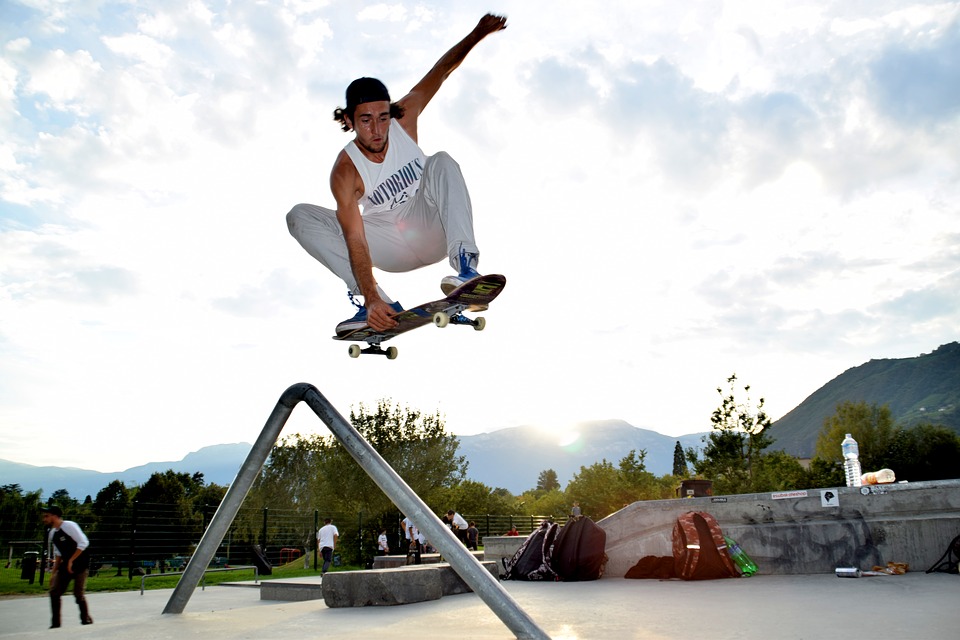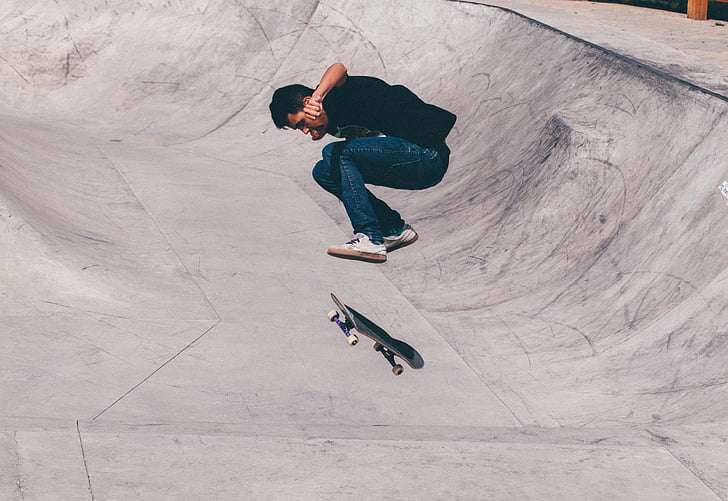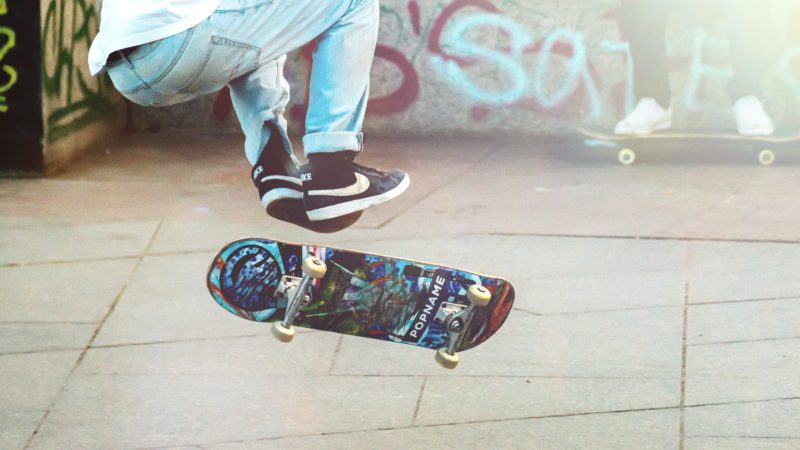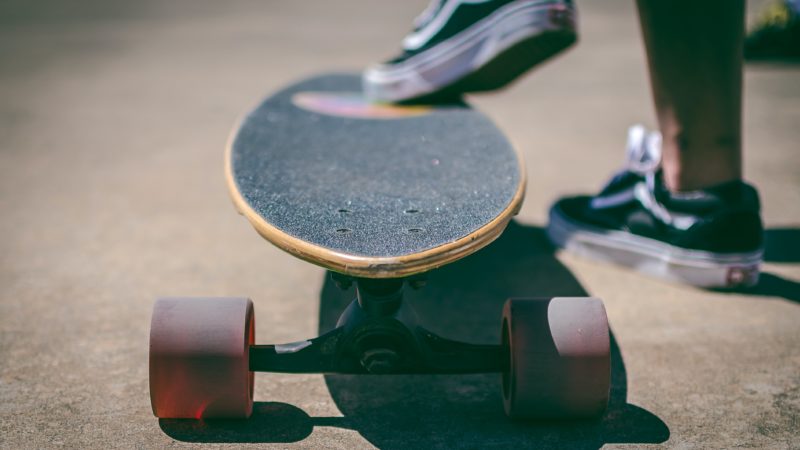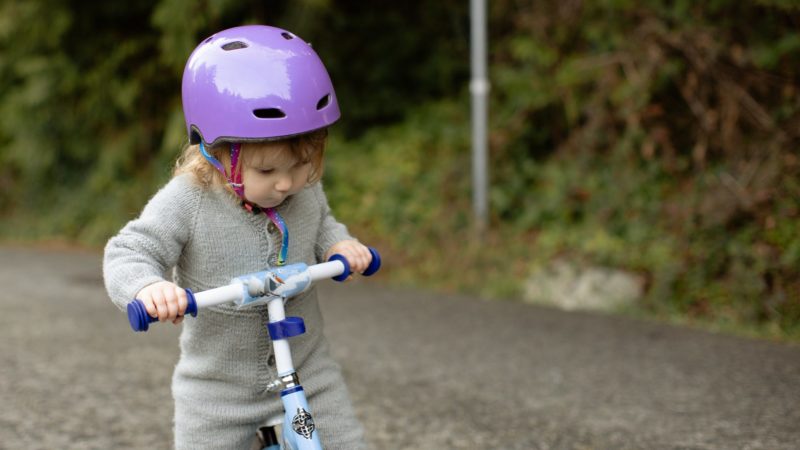How To Ride A Longboard?
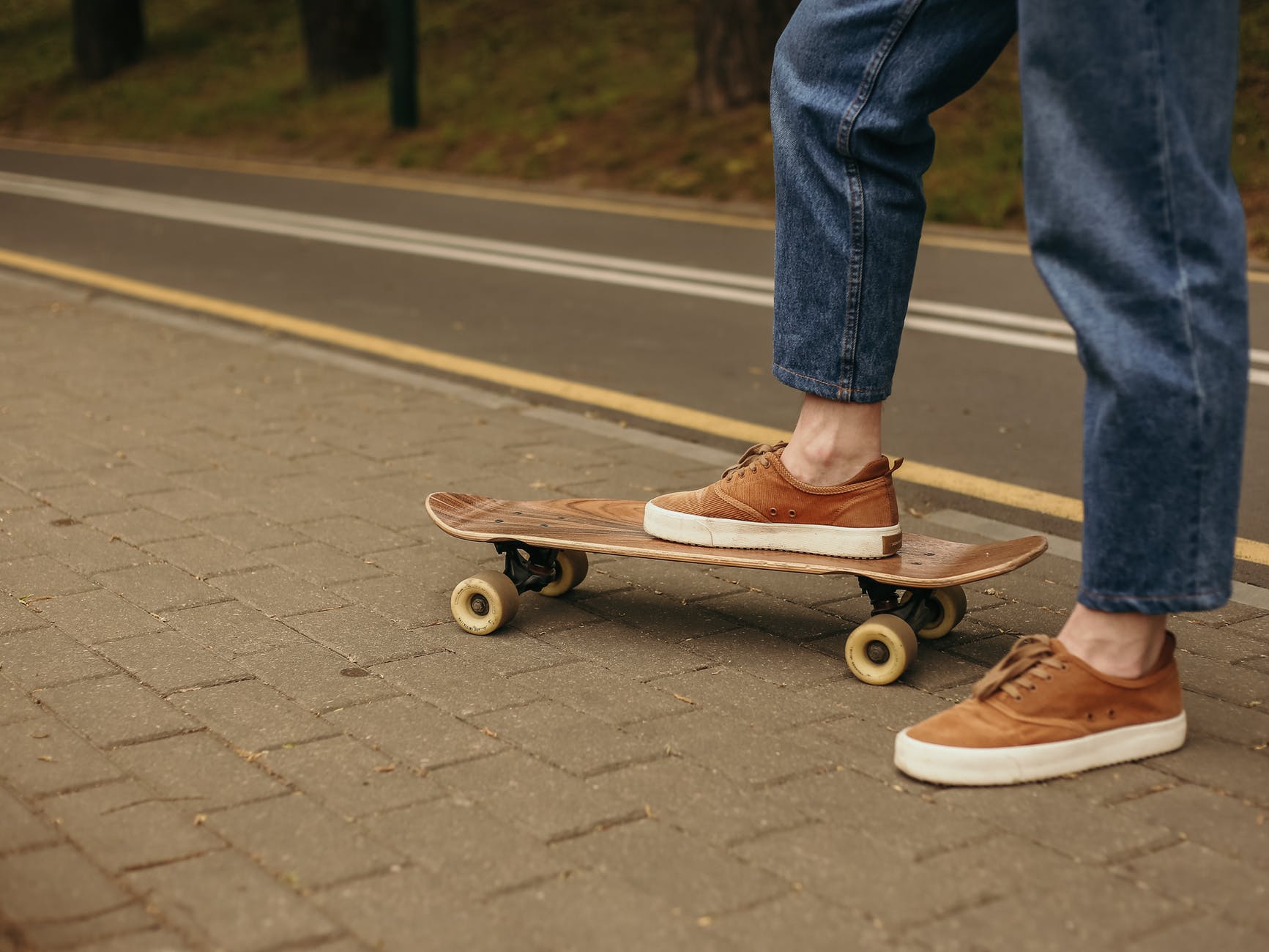
Longboarding is a fun sport. If you have just started learning how to ride a longboard, it will mean acquiring various skills that will make your ride smooth and safe.
To help you here, we have a list of longboard learning tips for beginners that will reduce the suffering and pain that many go through.
Happy Riding!
Steps To Ride A Longboard :
Here are some beginner-friendly skateboard and longboard learning tips.
Get The Right Longboard
There are different types of longboards, and the right board for every person is different based on your skills, age, riding style, goals, etc. Before you buy any random longboard, you need to do thorough research and find which type of longboard will suit you. If you are a beginner, you need to buy a longboard suitable for beginners.
Find Your Stance
Every person has a natural riding stance for different board sports, and it varies from person to person. When you step your foot on a longboard, if you keep your left foot forward and right at the back, this is a regular stance, and if vice versa, this style is known as goofy.
Finding the stance is one of the important beginner skateboard tips, and this is the first thing to notice when you begin. A classic way to stand on the longboard is by keeping your feet together and asking someone to push you from the back. This way, you will know which foot you bring forward to prevent you from stumbling.
Why is stance important? If you press your toes while you ride on the longboard, you can make a right turn and press your heels to go left. In a goofy stance, it will be the opposite.
Find Balance in Static Mode
If you are a beginner and do not know how to ride a longboard, the first thing is to get comfortable by making a balance on the longboard before you get riding. The best way to practice is by putting the longboard on a thick carpet or grass to prevent the fiction from rolling the board.
Stand on the longboard in your natural stance; your feet should be shoulder-width apart, and depending on the longboard length, keep your feet close on top of truck bolts.
Your back foot should be in a perpendicular direction on the deck, and the front foot should be slightly angled at 45 degrees. Bend the knees and lean forward so that you feel stable.
Practice Turning Stance
Even when you stand still on the longboard and your wheels are not rolling, there are chances that the deck will lean to the sides when you shift your body weight. You need to practice rolling back and forth on the skateboard with ankles to make the deck lean to one side of the edge. This is among the important beginner skateboard tips. Now lock the ankles and shift our body weight to lean the deck forward and backward.
If you wish to take your static turning further, get a balance board. This balance tool is worth the investment if you are willing to make a career in sports boards.
Try to be comfortable with Rolling.
Suppose you have a basic stance, push/brake stance, or turning stance down in the static model. It’s time to get set riding. Find a parking lot or driveway with a little incline. Now set your feet on the longboard and let the gravity take you around.
This is the time to put the push stance into practice by rotating your foot, keeping the shoulders forward and dropping the foot to the ground, and doing a small push to provide momentum.
This way, you will find a little speed to provide stability and make balancing your board easier. In case the ground is a little uneven, try not to put much pressure on the front foot and shift the weight towards the back to keep the front wheels rolling easily over pebbles or cracks.
Once you start to get comfortable with pushing, you can start to kick the ground to ride faster. One important longboard tip for beginners is to not ride faster than the speed at which you can run.
Read More- Best Longboard Wheels For A Smooth Ride
Learn To Put A Brake
When you are learning how to ride a longboard, you need to know how to put a brake effectively before you start to ride the longboard outside. Foot braking is an important technique to master.
The steps are similar to pushing, but when you drop the back foot on the ground instead of kicking, you have to brush the ground with the sole, which makes the fiction slow down your board.
Make sure to approach the ground with flat feet and toes slightly lifted so that you do not catch any cracks or bumps when scrubbing the floor.
This technique is effective at low speed and can get a little challenging when you are riding faster. You can find plenty of videos on youtube on how to put a brake when riding at a faster speed. Make sure to practice a lot before you go out to ride on the roads.
Start riding on mild hills.
Once you get a hold of putting brakes, you are ready to go for a ride on small slope hills. Look for a slope that ends uphill or either flat without crossing the street.
Make sure to wear your protective wear. A helmet is a must to protect your head, and it should be strapped under the chin. You can find many great helmets for skateboards and longboards online.
Also, buy a good quality glover with plastic pucks. If you can get your hands on elbow and knee pads, it is always a good idea for beginners.
Put your sports shoes on the one with strong soles to put on the brake. Skate shoes are always a better choice than running shoes.
If you are not sure you can handle downhill, then do not go. Always start with a slight hill. In case you do not have access to low steep hills, you can start at the bottom. Losing control on a big slope is always worse because then there are more chances of crashing.
Practice turning
Practice turning with your longboard rolling first on flat ground, then start with small slopes. Before You go down a hill, you can tighten the trucks a little to make the board less turning.
Like you practiced on the grass earlier, start by rolling simply on your ankles and push down on the edges with your heels and toes to make the board turn left and right.
When you get comfortable, try to lock the ankles and lean your body on the board rail. This way, the board will follow the upper body and take a turn. Turn your shoulder, hips and head toward turn and balance with your arms.
Learn to slow Carve
Carving means performing regular turns on a longboard in an S pattern when you ride down a slope with moderate speed by; carving simply; or carving back and forth will help you to slow down as well.
When you carve, bend your knee to lower the center of gravity. Push the knees forward to carve the toeside and pull your butt backward out to carve the heelside.
Learn to Fall
It sounds scary, but sooner or later, you are going to fall, and you do not have to be terrified of it. The important thing to note here is to not fall on stiff hands or arms to avoid breaking bones.
When you fall, try to put your hands out by tucking in your arms across the torso, land your forearm, and roll sideways. One easy way of rolling it out is when you are wearing knee pads or gloves slide out on the kneepads.
Learn To slide
Another important longboard tip for beginners is to learn how to slide before you actually ride a longboard. It sounds easy but not when you do it. Sliding is one of the easiest ways to slow down when you are riding too fast.
Some ways of sliding are easier than others. In short, you can even slide by standing on your board or with your hands down on the ground.
When you are riding too fast, just standing up sliding can be an easy way of picking up with practice. When you go at higher speeds, hand-down slides are always a safer bet.
If you wish to try a hand downslide, just get really low on the board, put the hand with gloves on the ground, and take the weight off your wheels. This way, you can grab the edges of the longboard and pull it in tight to bring the board sideways across the slope.
Read More- Longboard VS. Skateboard
Follow Unwritten Rules
The last longboard tip for beginners is to always follow the common safety rules, etiquette, and courtesy behavior when you are skating. When you ride on an open road with other cars, make sure to follow traffic signs like you would when driving.
Always ride conservatively and get ready for the worst behavior by cars, bikes, street dogs, etc. you need to give pedestrians the right to walk sideways and use your voice to tell them when you are passing by.
Behave friendly and courteous with neighbors and pedestrians to maintain a pleasant vibe and convey a positive image with skateboarding in general.’ always keep the noise low when rigging in residential areas, especially at late hours. Do not scream or cruise when you ride with your skater group. Also, do not slide at night as it is very noisy.
Final Words:
If you have just started to learn how to ride a longboard, we hope these beginner skateboard tips will be useful to you. These are the actual skills and steps then you need to learn to become a professional rider.
The order in which you follow the steps can vary depending on your previous skills, learning pace, and personality.
No matter how you learn to ride a longboard, make sure to enjoy it thoroughly and give a positive experience to other people who are watching or riding.
Before you leave, make sure to drop a comment down below!

